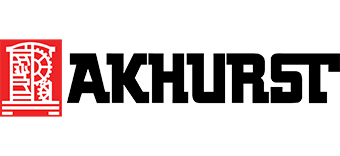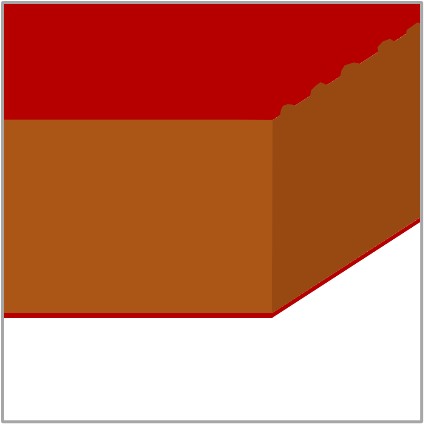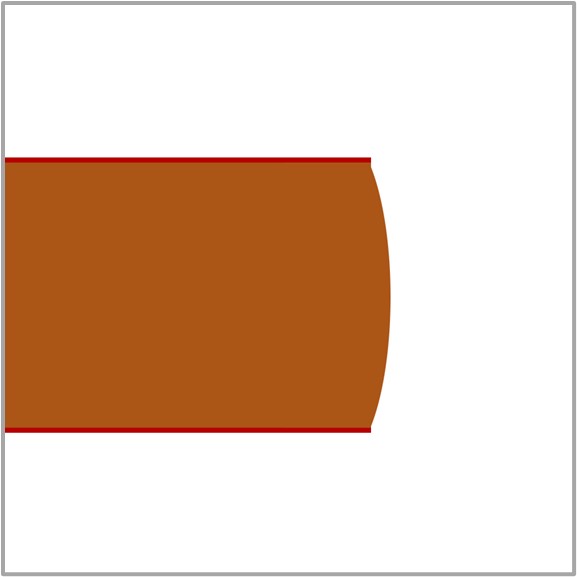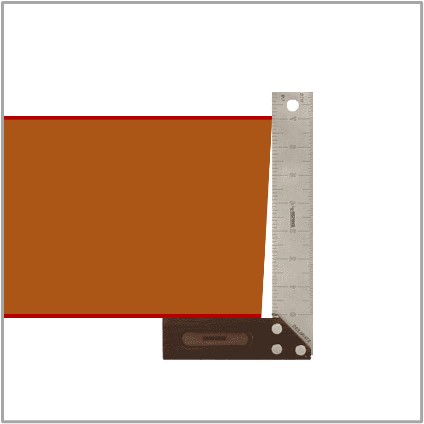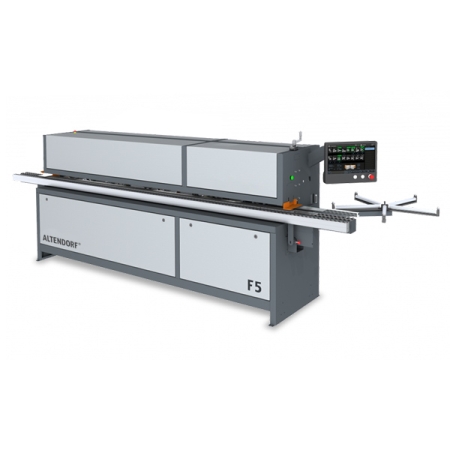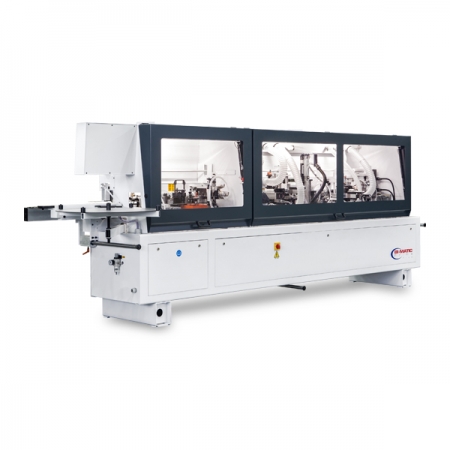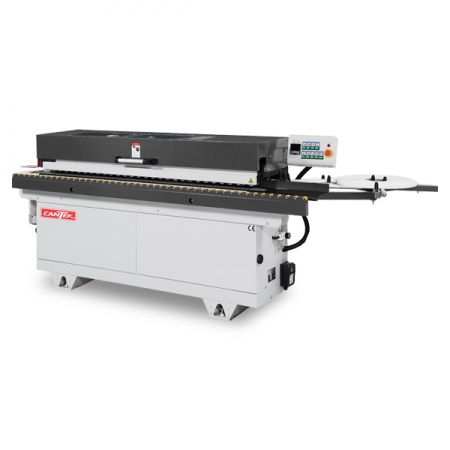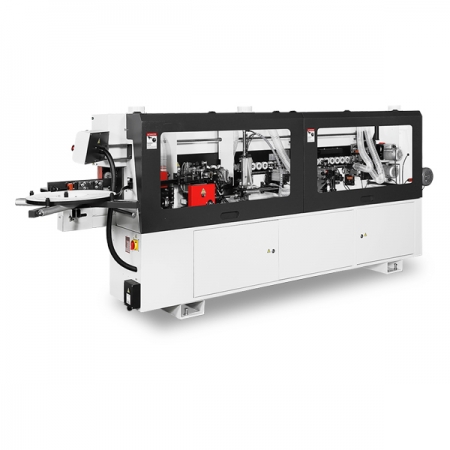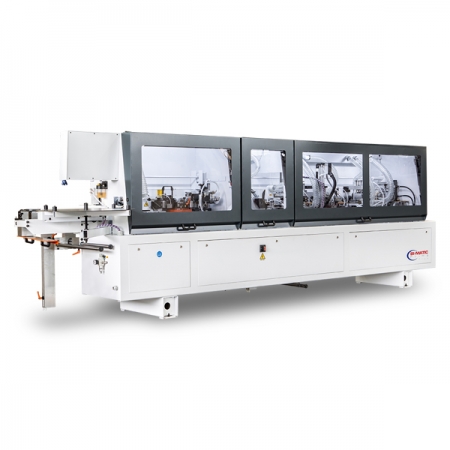When does pre-milling make sense?
Over the past few years, pre-milling has grown in popularity. Pre-milling is the process of machining the edge of the panel prior to applying glue. This process ensures optimal edge quality before the application of edge banding, resulting in reduced glue joints and a highly aesthetic edge.
High-quality surfaces and edge bandings.
Today, material surfaces are ever-expanding, from high gloss to textured laminates. These surfaces are used for cabinet doors and visible panels where the edge quality is of utmost importance, given these products are highly visible. The cost of such panels has also increased, so machining it right the first time is critical.
Push towards higher quality.
As indicated above, material surfaces are becoming more detailed and intricate. Cabinet doors are no longer simply a painted shaker style. These high-end cabinets & panels are almost artwork. Consumers are spending more and more money on their kitchens, and millwork has taken another step in its level of quality. With this increase in quality, there is a greater attention to detail. End users are looking for panels without a visible edge. Ensuring a panel is properly prepared is a significant step in achieving this.
More readily available on a wider range of edgebanders
When first introduced, pre-milling was only available on higher-speed, high-throughput machines. As the benefits of this working unit were recognized, it was installed on more entry-level and mid-size machines like our Cantek MX350M to MX370P, Altendorf F5 Next, and Bi-Matic Prima Plus Series (Prima 7.3 Plus ONE and Prima Plus 7.5 TWO). Producing a top-quality edge is something all shops want to achieve, no matter their size.
Regarding edge preparation, there are some underlying concerns when operating an edgebander not equipped with a pre-milling station. Whether using a panel saw or CNC router to size your parts, you can run into various edge quality issues, as outlined below.
Misaligned scoring blade
Chipping along the surface of the material
Bulging edge
Edge is out of square
Misaligned scoring blade
If using a scoring blade on a panel saw, it needs to be perfectly aligned with the main blade, or you risk creating a dado or void. When you apply the edge banding, you will see a gap and the glue will be more visible. You can eliminate this error for a tighter joint by pre-milling the panel.
Chipping along the panel surface
As your blade or router bit dulls, you can get chipping along the panel’s surface. This chipping is highly visible and leads to costly defects. If you don’t see them and apply the edge banding, you may notice it later. This wastes time and money.
Bulging edge
Sometimes, you may size your panels well before edgebanding, perhaps even leaving them over the weekend. One issue that can arise is a bulging edge, which can be due to the panel expanding as it absorbs moisture from humidity. As you edgeband these components, you will certainly have visible glue joints requiring re-machining.
Edge out of square
If you are sizing your panels with a panel saw, your blade may not be perfectly square. It will be especially noticeable on thicker panels. When you apply the edge, the glue spindle can apply more glue on the taper, and when the edge is pressed on, the pressure rollers will only come in contact with the edge of the panel that sticks out. This will lead to a large visible glue joint on the tapered end. Again, this is costly as you don’t notice it until the edge is applied. You now have to rework the panel if possible or dispose of it and start again, losing time and the cost of the material.
What are some of the potential “downsides” to pre-milling?
- Panels must be oversized to allow for material to be removed. This, however, is likely not a significant concern as you typically machine off the thickness of the edge banding you are applying, thus not changing the finished dimension.
- The machines are longer as they need to accommodate this working unit. Typically they are about 2′ longer in general so if you are really tight on space, this could be a consideration.
- The machines cost more, given that you have a larger machine frame and add the components for the pre-milling station itself. The cutterheads are diamond and have the advantage of lasting long, but the replacement cost is inexpensive.
So, when considering your next edge bander, weigh the benefits to see if it is the right solution for your operation. Undoubtedly, the material surfaces and edge bandings will continue to evolve. Therefore pre-milling is a great way to ensure you produce quality output for your clients.
Stay tuned for future posts on getting the best from your edgebanding process.
Akhurst Machinery. Building Trust. Creating together.
